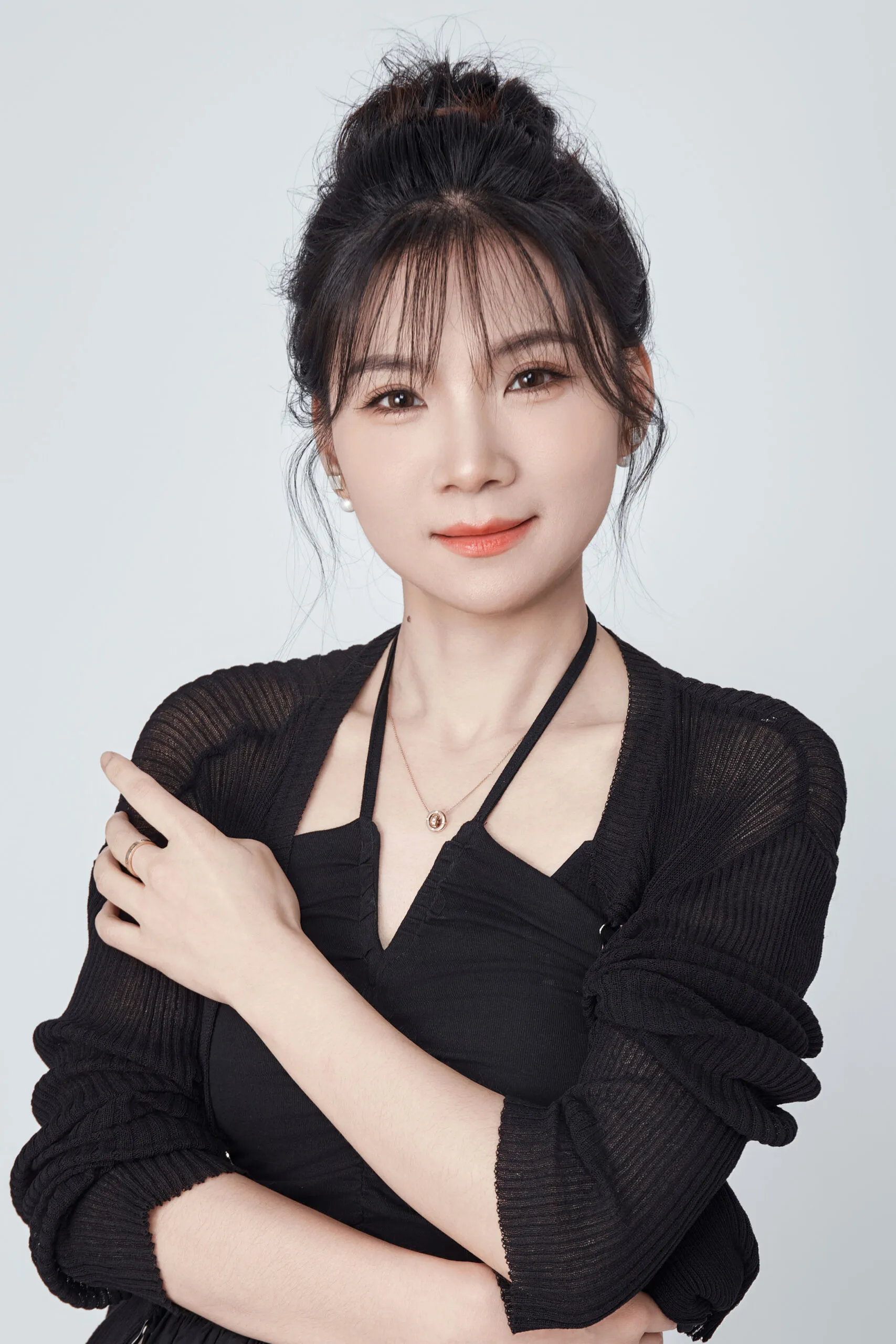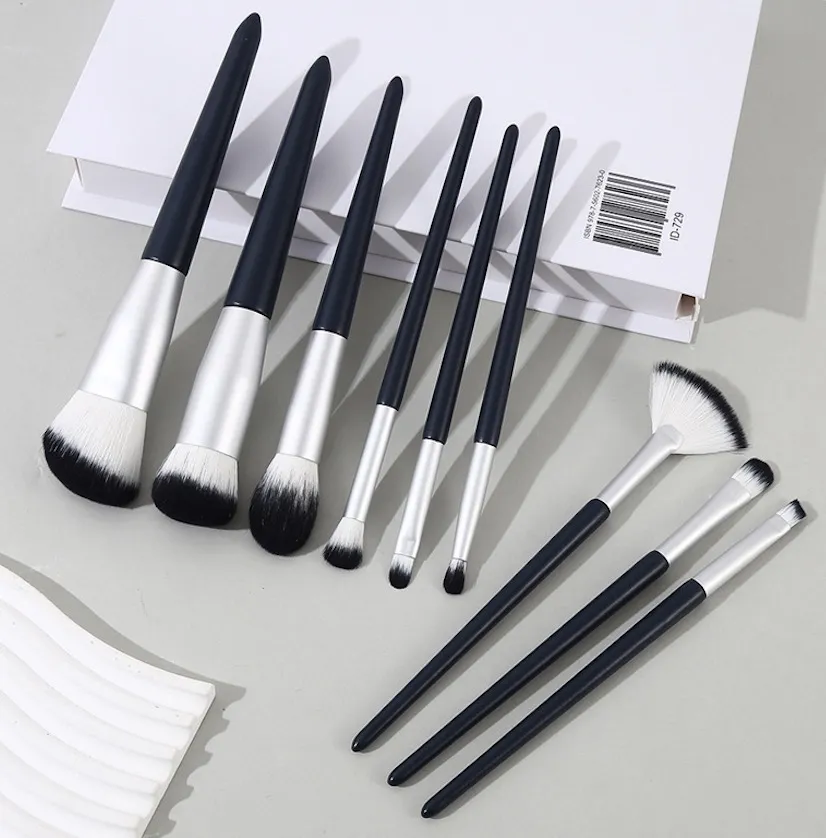Your brand is built on quality, but your makeup brushes feel like an afterthought. They shed, apply product unevenly, and lead to customer complaints. Artisanal craftsmanship1 is the solution.
Artisanal makeup brushes matter because their hand-crafted quality delivers superior performance. This means smoother application, less shedding, and a longer lifespan for the tool. This boosts customer satisfaction, justifies a premium price point, and ultimately strengthens your brand’s reputation in a crowded market.
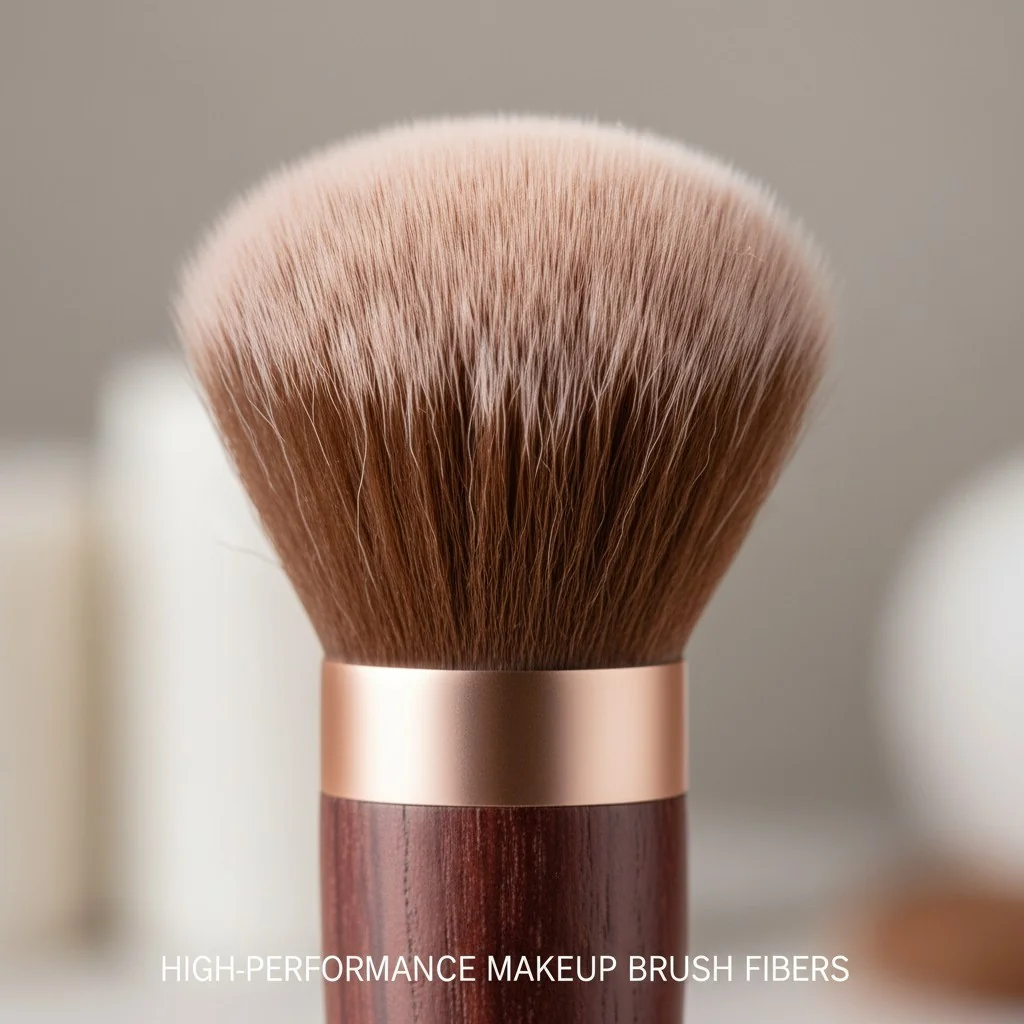
When I first started my career on the floor of a brush factory, I saw the difference with my own eyes. On one line, brushes were being churned out by machines as fast as possible. On another, skilled artisans were carefully shaping each brush head by hand. The difference in the final product was night and day. It wasn’t just about how the brush looked; it was about how it performed. For brand founders like you, understanding this difference is the key to creating a product that customers will love and buy again. Let’s break down what "artisanal" really means and why it’s a smart investment for your brand.
Artisanal brush-making often involves hand-shaping the knot to preserve the natural tips of the fibers.True
This is a key differentiator. Machine-cut bristles have blunt ends, which can feel scratchy and cause streaky application. Hand-shaping keeps the soft, natural taper of each fiber intact for a smoother finish.
A 'cruelty-free' claim on a brush automatically means it's also vegan.False
Cruelty-free means the product and its ingredients were not tested on animals. However, a brush can be cruelty-free and still use natural animal hair (like goat hair) that was ethically sourced. A vegan brush uses absolutely no animal-derived products.
What does artisanal craftsmanship mean for beauty tools (and why does it matter to your brand)?
The word "artisanal" gets used a lot in marketing. It’s easy to feel skeptical. Are you paying for real, measurable quality or just a fancy story? I’ll show you the specific, hands-on steps that define true craftsmanship.
Hand-shaped knots2 align the fiber tips for better product pick-up and a seamless, blended finish. This single step dramatically reduces streaks and fallout—two of the biggest complaints from customers—and is a key driver of higher product ratings and repeat purchases in pro and luxury markets.
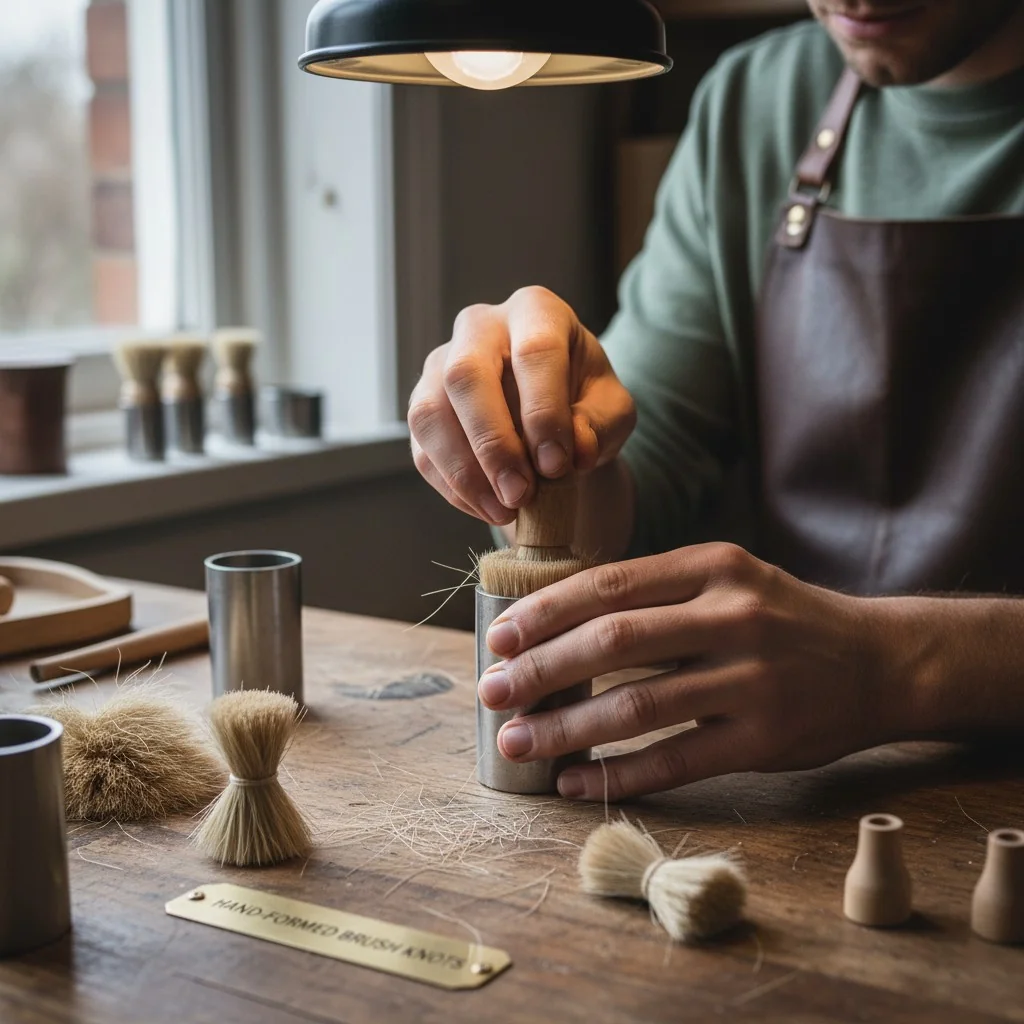
The Four Pillars of Artisanal Brush Making
When I vet a potential manufacturing partner, I look for four key stages. These are non-negotiable if you want a truly high-performance tool.
- Hand-Bundling and Knot Forming: Instead of just grabbing a clump of fibers, artisans weigh and gather the exact amount needed. They then meticulously tap and arrange the fibers in a mold, so the tips are perfectly aligned. This preserves the soft, natural ends of the fibers.
- Precise Shaping: The brush head is shaped by hand, not cut with a machine. This is what creates the perfect dome, angle, or flat top. A machine-cut brush has blunt, scratchy ends. A hand-shaped brush is incredibly soft and deposits product smoothly.
- High-Tolerance Ferrule Setting3: The ferrule is the metal part that connects the handle to the bristles. In artisanal production, the knot is secured with high-grade epoxy and crimped with immense pressure. This ensures the brush will not shed, even after years of use and washing.
- Meticulous Finishing: This includes everything from applying multiple layers of paint to the handle for a durable finish to a final grooming and cleaning of the brush head. Each brush is inspected individually before it’s packed.
This level of detail directly impacts the end-user experience and builds trust in your brand.
All synthetic fibers are the same and perform worse than natural hair.False
This is a common misconception. Modern, next-generation synthetics are engineered with tapered tips and textured surfaces to mimic the performance of natural hair. Proprietary options like Dermocura are even dermatologically tested for sensitive skin, offering a high-performance vegan alternative.
Which materials and techniques separate artisan-grade brushes from mass-market ones?
You’re looking at supplier catalogs filled with terms like "taklon," "aluminum," and "wood." But how do you know which materials actually signal quality? Choosing the wrong ones can lead to a product that fails to impress your customers.
Focus on verified fiber specifications, whether it’s high-grade natural hair or tested synthetic alternatives. Pay attention to precise knot shaping, high-tolerance ferrules made of brass or thick aluminum, and durable handle finishes. Always ask your OEM for documented processes and material data sheets.
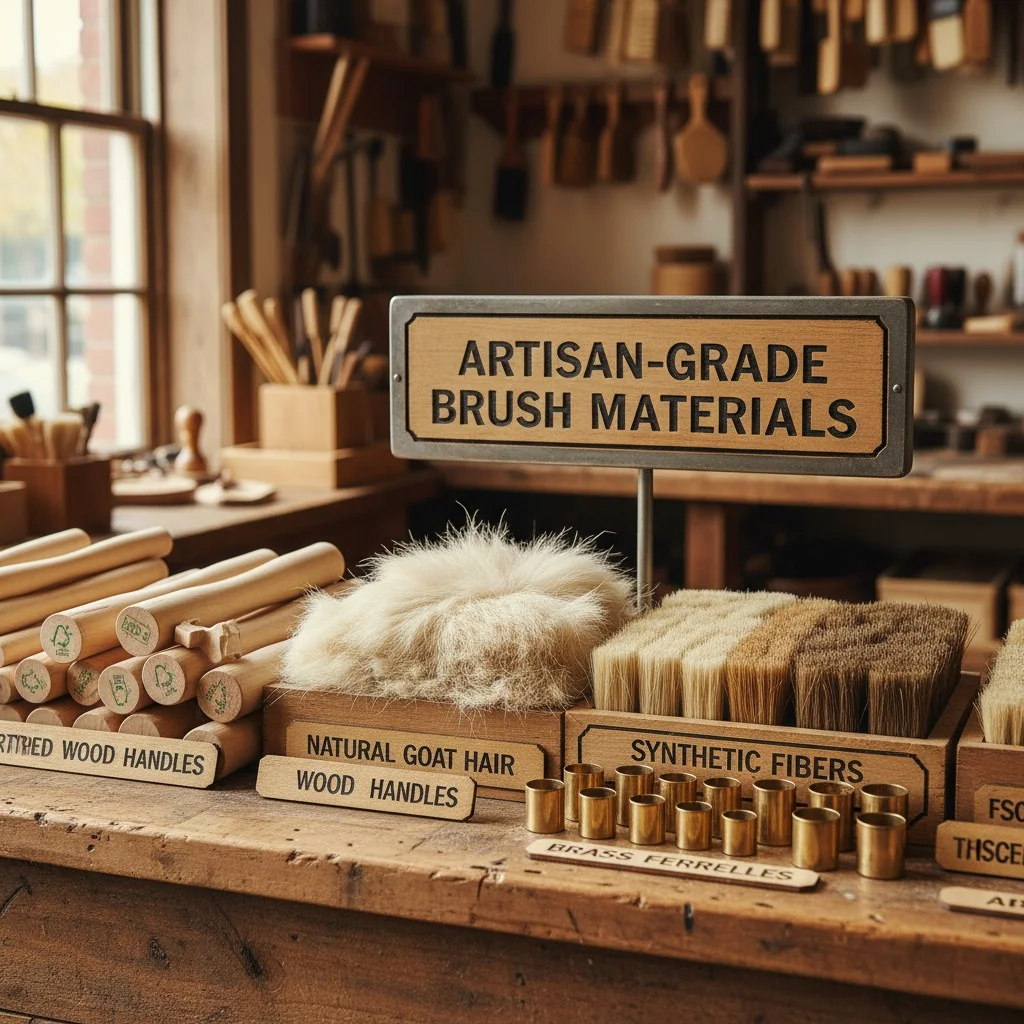
A Deeper Look at Quality Materials
When I work with clients, we focus on a few key components that make a huge difference.
- Fibers: The choice between natural and synthetic is about brand positioning. Natural hairs (like goat) are known for their incredible powder pickup. But high-performance synthetics are now essential for any brand with a vegan or cruelty-free promise. Look for proprietary fibers like Dermocura, which is dermatologically tested and engineered for a soft, luxurious feel. Don’t just accept "synthetic"; ask for the specific type and any test data.
- Ferrules: A cheap, thin aluminum ferrule will bend, dent, and loosen over time, causing shedding. A premium brush uses a thicker, more durable aluminum or, for luxury lines, plated brass. The crimp (the part that secures the ferrule to the handle) should be deep and clean.
- Handles: The feel of the handle is part of the luxury experience. Responsibly sourced wood (look for FSC certification) is a classic choice. You can also find handles made from bamboo, recycled aluminum, or recycled plastics. The key is the finish—a quality handle will have multiple layers of paint and a protective top coat to prevent chipping.
Heritage traditions like Japanese "Fude" and Italian handmade brushes have set the standard for quality, and these are the material details they focus on.
Which certifications and QC documents should you require from an artisanal OEM?
A factory representative tells you they have "the best quality." But talk is cheap. Without proof, you’re taking a huge risk with your investment and your brand’s reputation. You need to see the paperwork.
At a minimum, require proof of an ISO 9001 quality management system, cruelty-free/vegan attestations, and dermatological testing reports if applicable. Most importantly, demand pre-shipment inspection reports that include data from shedding, pull-force, adhesion, and dimensional checks.
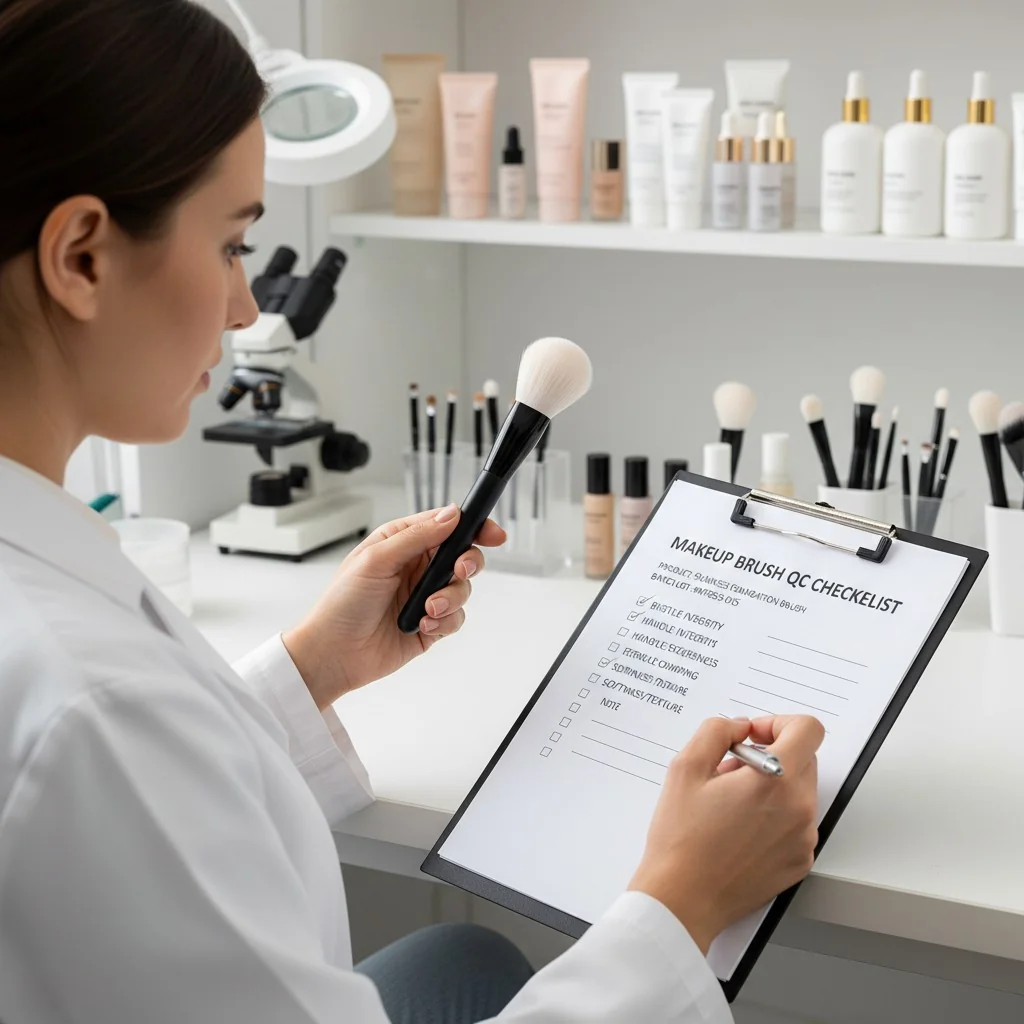
Your Practical QC Documentation Checklist
I tell all my clients to never sign off on a purchase order without a clear agreement on documentation. It protects you and ensures you get what you paid for. Here is the checklist I use:
- [ ] ISO 9001 Certificate: This shows the factory has a standardized, documented system for managing quality. It’s a baseline for professionalism.
- [ ] Pre-Shipment Inspection (PSI) Reports: This is your most critical document. It should be a detailed report from the factory’s QC team (or your third-party inspector) with photos and test results from your actual production batch.
- [ ] Shedding & Pull-Force Test Results: The report should specify how many hairs (if any) came out during a standardized pull test. The standard should be near zero.
- [ ] Dimensional Tolerance Reports: Confirms the brush length, handle diameter, and bristle length match your approved sample.
- [ ] Coating Adhesion Test Results: Often a "cross-hatch test," this proves the paint on the handle won’t easily chip or flake off.
- [ ] Packaging Drop/Transport Test Results: Ensures your brush boxes or kits can survive shipping without damage.
- [ ] Corrective Action Logs: If issues were found during production, how did the factory fix them? This shows accountability.
Asking for these documents separates the professional factories from the rest.
What sampling timelines, MOQs, and capacity are realistic for artisanal brushes?
You need to plan your product launch, but many factories are vague about timelines, minimums, and costs. This uncertainty makes it impossible to manage your budget or set a reliable launch date, which is a major pain point for founders.
Expect 2-3 sampling rounds before placing your main order. MOQs will vary based on customization, but often start around 1,000-3,000 units per style. Look for capacity signals like factory size (e.g., 3,000 m²) and daily output (e.g., 30,000+ brushes) to ensure they can handle your program.
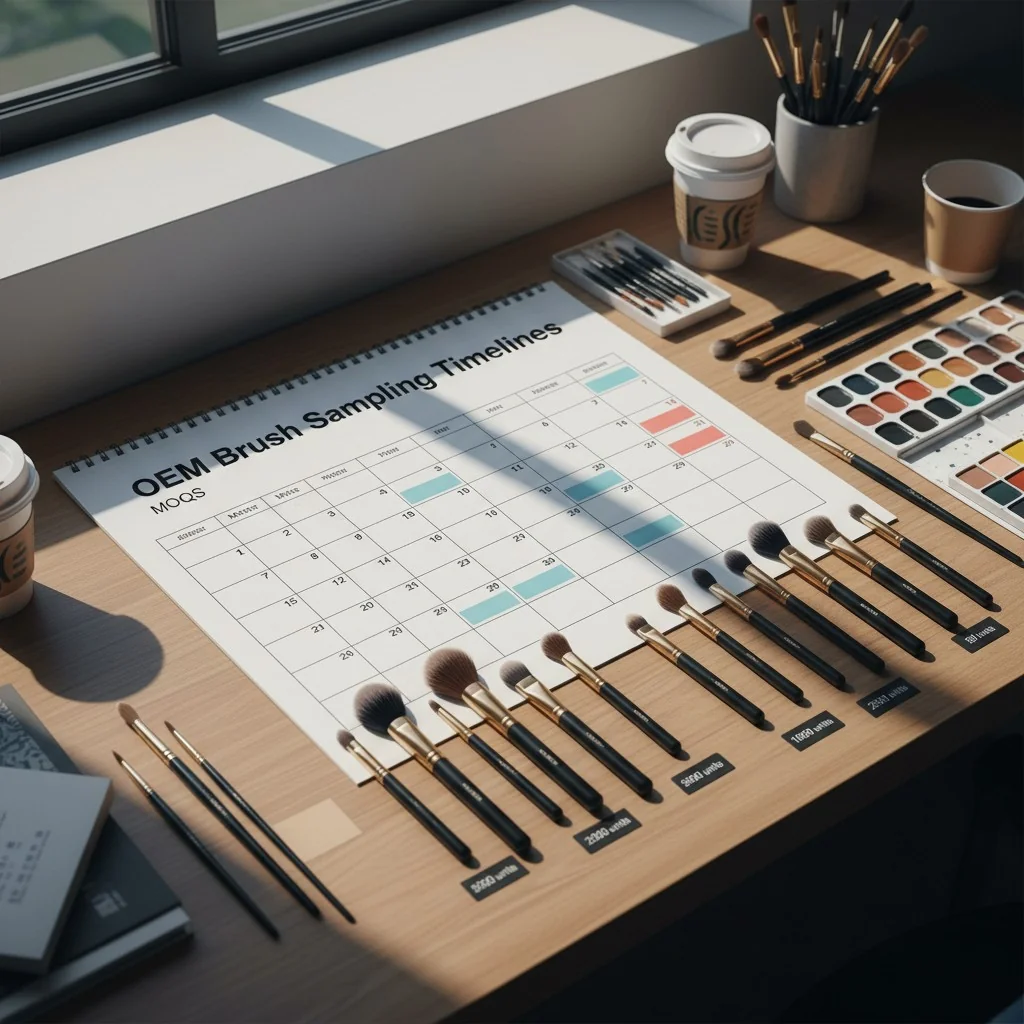
Understanding the Production Realities
Let’s get transparent about the numbers so you can plan effectively.
- Sampling: It’s a multi-step process.
- Round 1 (1-2 weeks): Focus on the brush head shape, density, and fiber feel. This is the performance sample.
- Round 2 (1-2 weeks): Once the head is approved, you’ll get a sample with the correct handle color, finish, and logo printing. This is the appearance sample.
- Pre-Production Sample (PPS): This is the final, golden sample from the first items off the assembly line. You approve this before the full run begins.
- MOQs (Minimum Order Quantities): These are driven by the factory’s material purchasing. A standard brush might have an MOQ of 1,000 pieces. But if you want a custom Pantone-matched handle color, the MOQ might jump to 3,000 pieces because the paint supplier requires a minimum batch size.
- Capacity: A factory claiming "handmade" but also "100,000 brushes a day" might be stretching the truth. A realistic capacity for a factory that incorporates artisanal steps, like Green Brush, is around 30,000 brushes per day from a 3,000 m² facility. This indicates they have the space and workforce to manage hand-crafting at scale.
How is sustainability and ethical sourcing handled in artisanal brush-making?
Your customers are smart. They demand sustainable and ethically made products. But with so much "greenwashing" in the industry, it’s hard to know which factory’s claims you can trust.
Go beyond marketing claims and ask for proof. Request chain-of-custody documents for materials like FSC-certified wood. For vegan and recycled materials, ask for supplier compliance statements or a Material Safety Data Sheet (MSDS) to verify the composition.
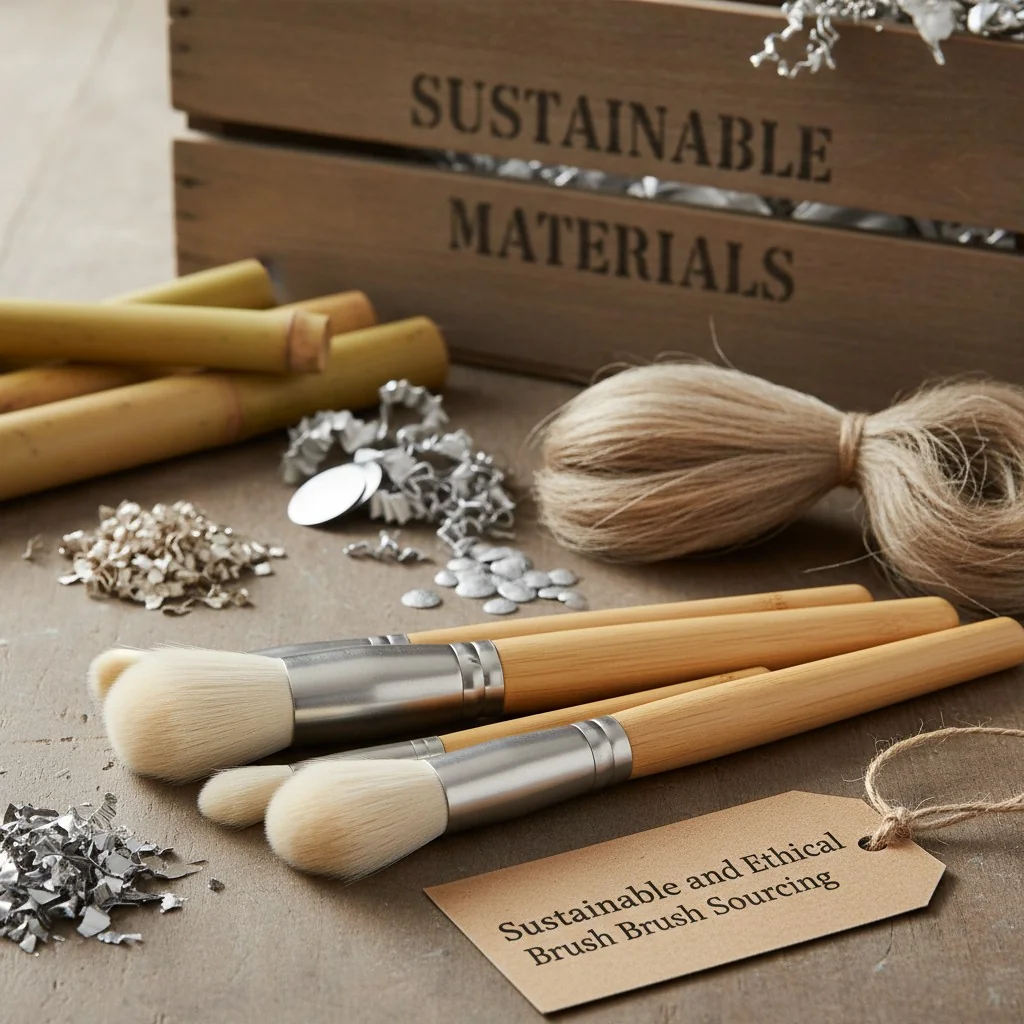
Your Sustainability Evidence Checklist
Building a sustainable product line is a huge selling point, but you have to do your homework. When you talk to a potential supplier, use this checklist to guide the conversation.
- [ ] Vegan & Cruelty-Free Declarations: Ask for a formal, signed statement from the factory declaring that no animal products are used (vegan) and no animal testing was performed (cruelty-free).
- [ ] Recyclable/Low-Carbon Materials Documentation: If they claim a handle is made from recycled plastic or aluminum, ask for documentation from their material supplier.
- [ ] FSC Certification: If you are using wood handles, ask for the factory’s Forest Stewardship Council (FSC) certificate number to prove the wood is from a responsibly managed forest.
- [ ] Supplier Compliance Statements: These are documents from the raw material suppliers that verify claims about their products.
- [ ] Waste & Energy Practices: Ask them about their factory practices. Do they recycle water? How do they manage waste? A truly committed partner will be happy to share this information.
A factory that can provide this evidence is a partner you can trust to help you build a genuinely sustainable brand.
How do Japanese Fude, Italian handmade, and modern OEM hybrids compare?
You hear about legendary Japanese brushes, classic Italian craftsmanship, and modern Chinese OEMs. It can be confusing to figure out which manufacturing approach is the right fit for your brand’s strategy, quality targets, and budget.
Japanese Fude offers unparalleled heritage and softness, ideal for luxury brands. Italian handmade focuses on European craft and proprietary fibers. Modern OEM hybrids blend artisanal steps with scale and efficiency, offering a balanced solution for most growing brands.
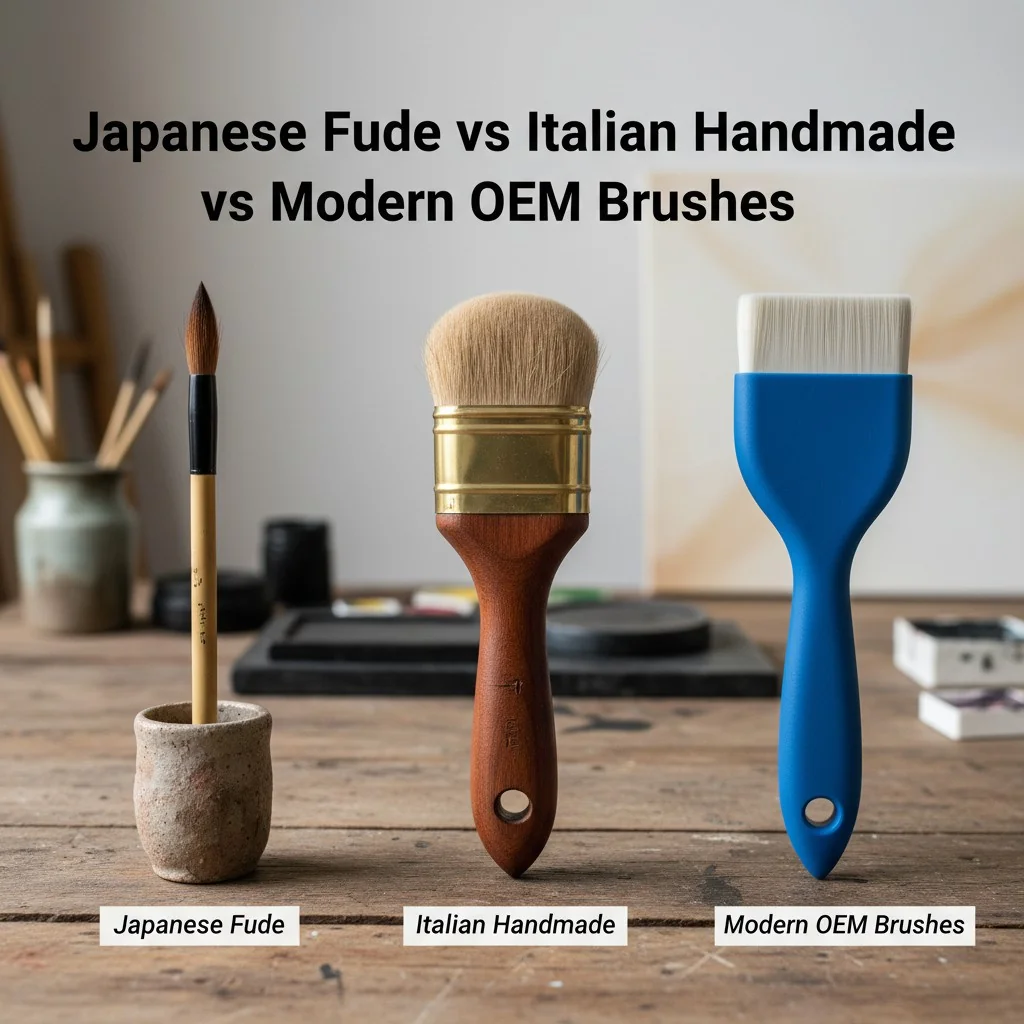
Choosing the Right Partner for Your Brand
The best choice depends entirely on your goals. I’ve created this table to help you compare the different types of manufacturers at a glance. This is based on public information and my own industry experience helping hundreds of brands.
| Brand/Factory | Country/Region | Years Active | Craft Positioning | Proprietary Fiber | Declared Certifications | Notable Capacity Signals |
|---|---|---|---|---|---|---|
| Hakuhodo | Japan | 40+ | Handmade Japanese "Fude" craft by experienced artisans. | None (focus on natural hair) | – | Small-batch, high-end focus. |
| Chikuhodo | Japan | 70+ | Artisan-made Japanese makeup brushes across professional series. | None (focus on natural hair) | – | Heritage craft, not mass-market scale. |
| Pennelli Faro | Italy | 40+ | Handmade in Italy with a focus on innovation. | Dermocura® (dermatologically tested) | ISO 9001 | Focus on proprietary tech and EU craft. |
| FM Brush | USA/Global | 90+ (est. 1929) | Four generations of manufacturing credibility. | – | – | Long-run manufacturing history. |
| Green Brush | China | 15+ | 100% handmade claim with modern scale. | – | ISO 9001, Cruelty-Free/Vegan | 3,000 m² factory; 30,000+ brushes/day. |
| Brushino | China | 10+ | Artisanal steps with low MOQs for indie brands. | Custom-sourced next-gen synthetics. | ISO 9001, Vegan, FSC available. | Focus on flexibility and brand support. |
As you can see, if your brand is positioned at the absolute peak of luxury, a Japanese Fude maker might be right. If a "Made in Italy" story is key, Pennelli Faro is a strong choice. For most brands I work with—brands that need quality, customization, sustainability claims, and a reliable partner who understands their growth challenges—a modern OEM hybrid like Brushino is the perfect fit.
What’s in a practical buyer toolkit for testing artisanal brushes?
You’ve received your first set of samples. They look good, but how do you really test them? Approving a beautiful but flawed sample can lead to a disastrous bulk order and thousands of dollars wasted.
Use a simple acceptance plan. Visually check the surface finish, then test for bristle shedding with a firm pull test. Check the handle’s paint adhesion with a tape test, and inspect the ferrule crimp to ensure it’s secure and smooth.
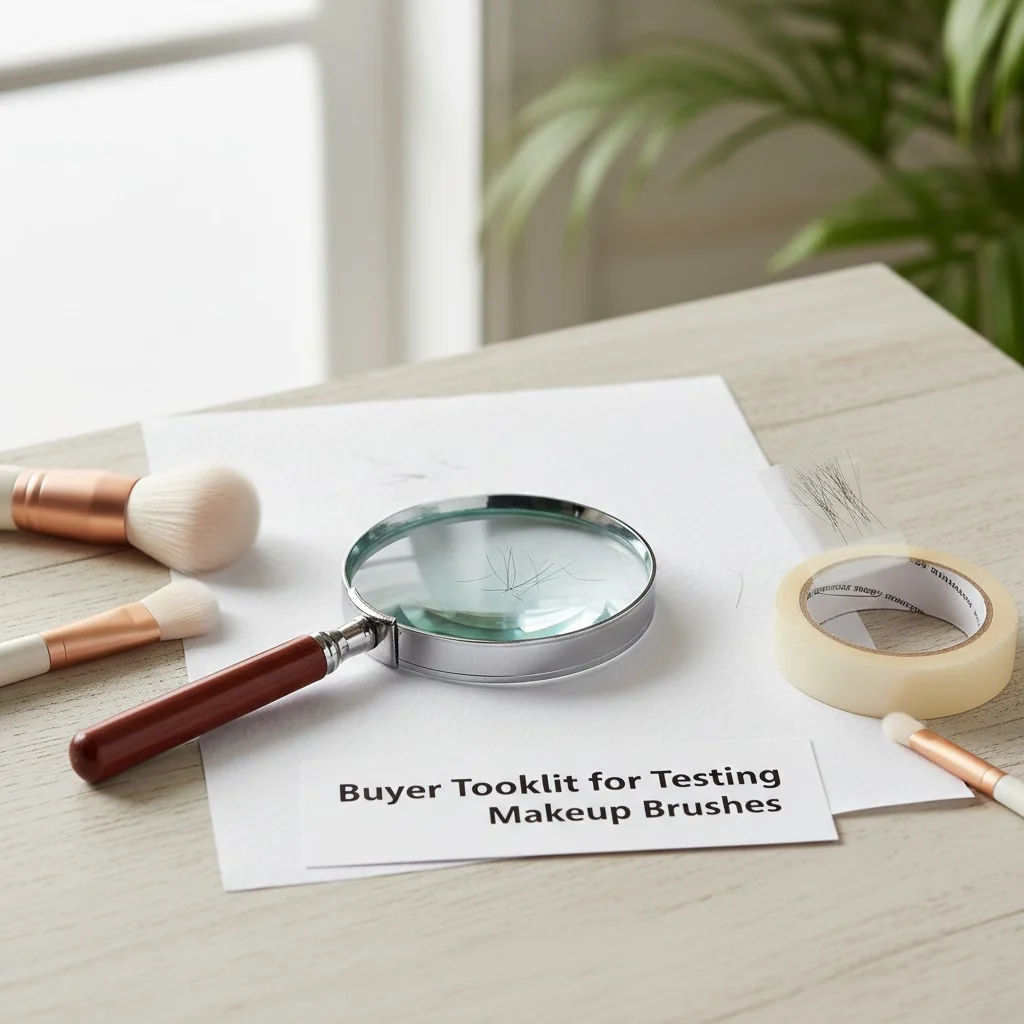
Your Craft Verification Checklist
Before you approve any sample, run through these simple but effective tests. This is what professional sourcing managers do.
- [ ] Fiber & Shaping Check: Does the brush feel soft, not scratchy? Are the bristles shaped evenly? Rub it on your face—does it feel luxurious?
- [ ] Shedding & Pull Force Test: Hold the brush and gently but firmly tug on the bristles 5-10 times. A great brush will lose zero or maybe one hair. If you see 3 or more, it’s a red flag.
- [ ] Ferrule Integrity Check: Try to wiggle the ferrule. Is it tight against the handle? Is the metal seam smooth, or does it have a sharp edge? A loose ferrule means shedding is inevitable.
- [ ] Handle Finish & Adhesion Test: Take a piece of strong adhesive tape, press it firmly onto the handle, and rip it off quickly. Did any paint come off with it? If so, the finish is poor and won’t last.
- [ ] Final Grooming Check: Is the brush clean? Are there any stray, long hairs? A quality supplier does a final check and grooming before shipping.
Tying these simple, physical tests back to the QC documents I mentioned earlier is how you ensure the quality you approved is the quality you receive in your bulk order.
ISO 9001 certification guarantees a factory will produce a perfect product.False
ISO 9001 certification indicates that a factory has a documented and audited quality management system. It shows they have processes in place for consistency and improvement, but it does not by itself guarantee that every single item will be flawless. It's a strong positive signal, not an absolute guarantee.
What are the most frequently asked questions about sourcing artisanal brushes?
You probably still have some specific questions about cost, materials, and how to vet suppliers. Getting straight answers from factories can be tough, especially when you’re a growing brand. I’ve gathered the most common questions I hear from founders just like you.
Key questions cover the relationship between cost and margin, finding the best vegan fibers, and how to verify "handmade" claims at scale. The answers focus on justifying premium costs through user experience, demanding test data for synthetics, and asking for process transparency from your factory.
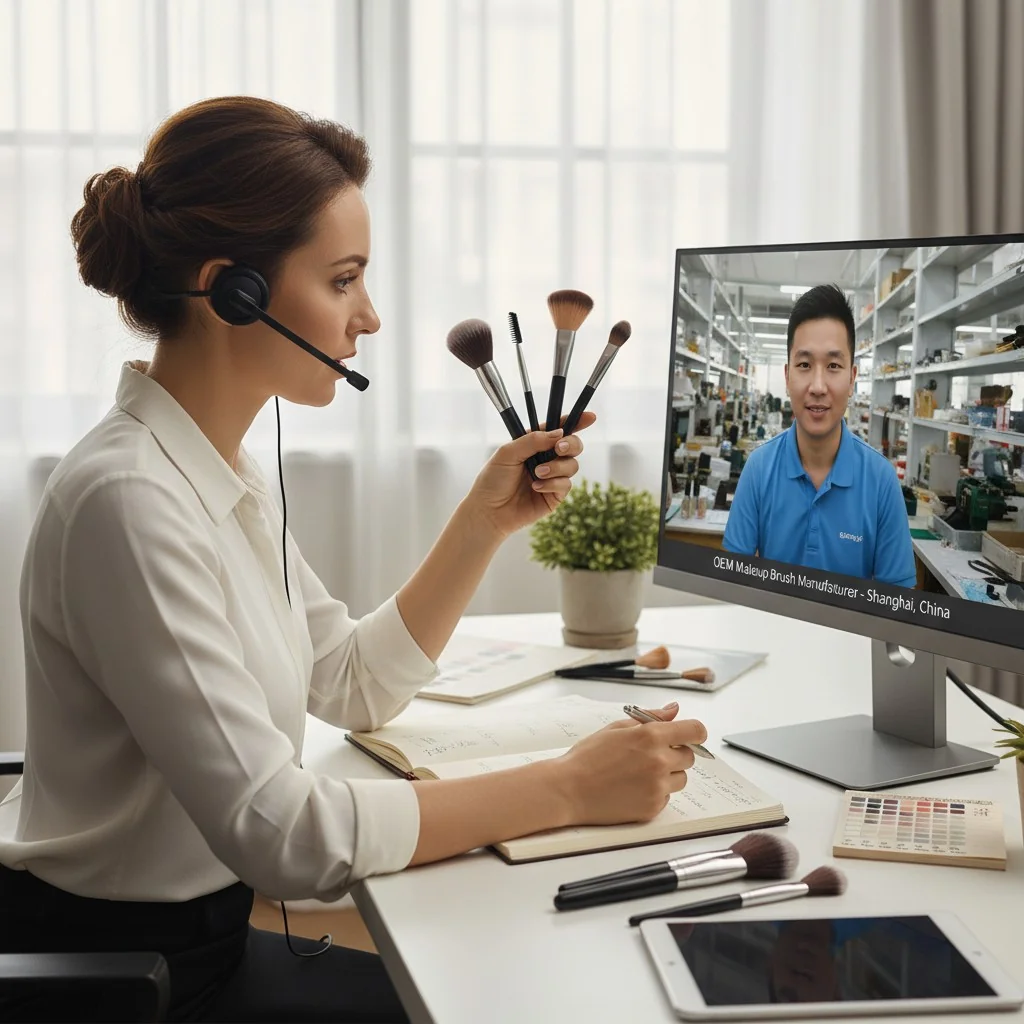
Your FAQ Answered
-
Is artisanal always more expensive—and does it lift margins?
Yes, the unit cost is higher due to the skilled labor involved. However, the improved user experience, durability, and better reviews allow you to command a premium price. This often leads to higher, more sustainable profit margins in the long run. -
What fibers are best for vegan brands without losing performance?
Request next-generation, dermatologically tested synthetics. These fibers are engineered with tapered tips and textured surfaces to mimic the pickup and laydown of natural hair. Ask for samples to test the performance yourself and request any available test data from the supplier. -
How do I vet a factory claiming “handmade” at scale?
Ask for proof. Request process videos, Standard Operating Procedures (SOPs) for hand-shaping, and photos of their production line. A transparent partner will be happy to show you their artisans at work. Their claimed capacity should also align with the labor-intensive steps they describe. -
Which countries are most associated with artisanal brush heritage?
Japan, with its "Fude" tradition, and Italy, with its history of handmade craftsmanship, are the two most referenced regions for premium, heritage-based brush making. -
How many sampling rounds are typical before mass production?
Plan for at least two to three rounds. The first is to approve the brush head’s performance, and the second is to approve the handle’s color and finish. A final pre-production sample is the last check before the full order begins. -
What ferrule materials should I specify for longevity?
For longevity and a premium feel, specify brass ferrules. They are more durable and resistant to denting than standard aluminum. If using aluminum, ask for a thicker grade.
Conclusion
Artisanal brushes are not a cost; they are an investment in your brand’s quality, customer loyalty, and long-term success. Choosing a transparent, skilled, and supportive manufacturing partner is everything.

